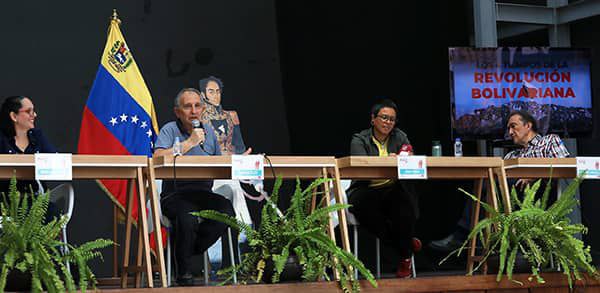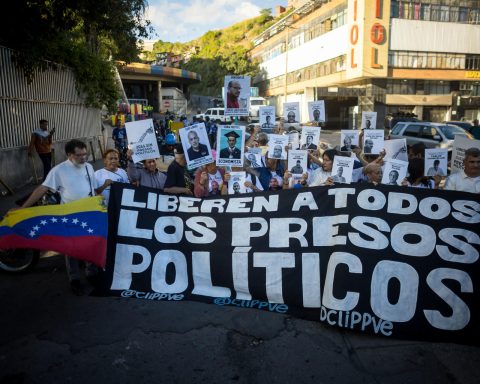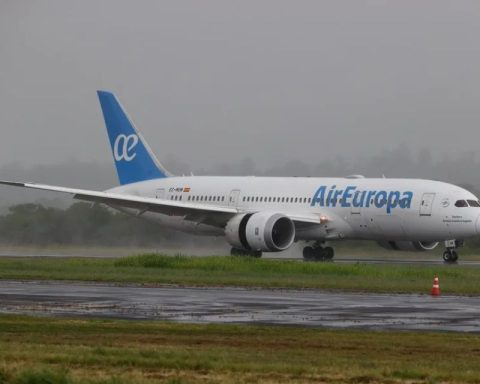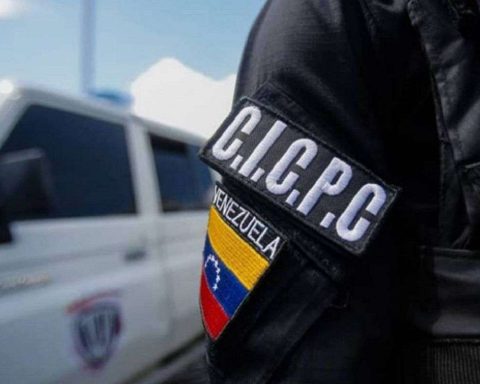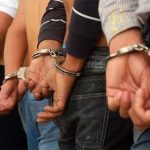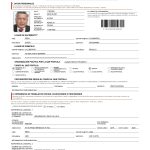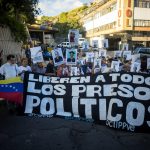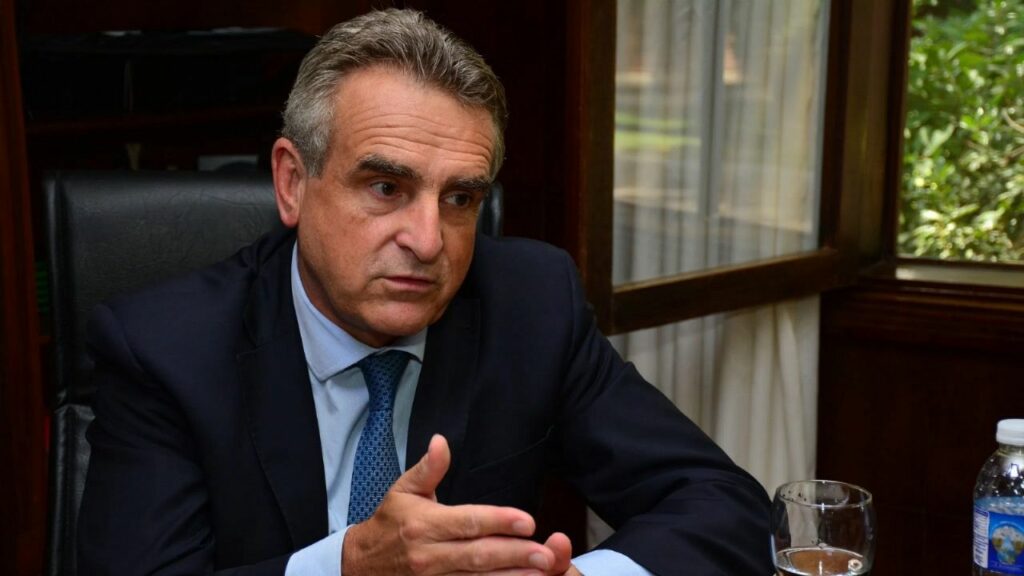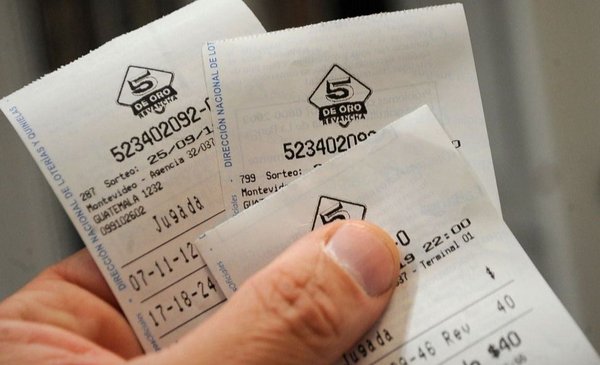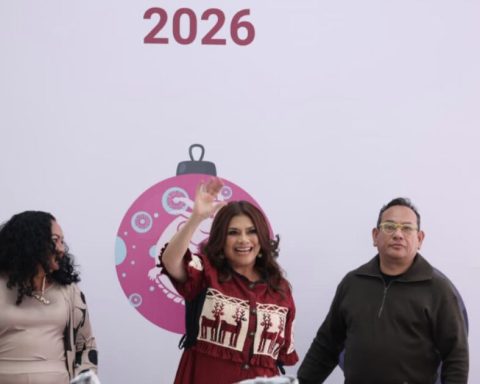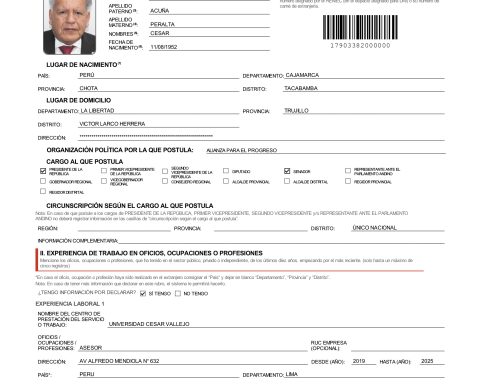To reflect on and discuss the periodization of the Bolivarian Revolution carried out by President Nicolás Maduro in recent days, this Wednesday, February 15, the Simón Bolívar Study Center held Espacio Bolívar 21: “The 4 times of the Bolivarian Revolution”, in the framework of the 204 years of the Angostura speech of the Liberator Simón Bolívar, reviewed in a bulletin the Center for Simón Bolívar Studies.
The leaders of the United Socialist Party of Venezuela, PSUV, Erika Farías, Farruco Sesto and Humberto González, analyzed the characteristics of each one of the periods. While Anabel Díaz Aché, in her capacity as moderator of the space, added historiographical elements.
revolution in 4 times
On January 15, the President of the Republic, Nicolás Maduro, delivered his annual message to the Nation, where in addition to paying his memory and account; he made a characterization of the Bolivarian Revolution in 4 stages.
The president located, between 1989-1999, the first stage and as a starting point he pointed out the events of February 27, known as El Caracazo, where the fabric of the IV Republic broke, according to the opinion of Humberto González, Director of the Center International for Decolonization Studies “Luis Antonio Bigott”, pointed out the bulletin.
The second stage described by the president is located from the arrival of Commander Hugo Chávez to the presidency in 1999, until his physical departure in 2013, a period that, for González, is “the period of construction of the Good Homeland, where the people He learned to stand on his own two feet.”
Then, between March 5, 2013 until 2021, the third stage referred to by President Maduro is located; where imperialism deepens an onslaught with economic warfare, the attack against the currency, unilateral coercive measures, among other war strategies.
Finally, Maduro pointed out as the fourth stage of the Bolivarian Revolution from the year 2021 and foresees that it will end in 2030.
On such a compass of time, Gonzáles recalled that 2021 is the year “where we were able to overcome all the aggressions and from this a new perspective opens up.” He adds that this stage is defined in a period that is not past based on the principle that history is built in the three times, so Maduro proposes a future of recovery, sovereignty and Latin American unity.
Emancipation began 200 years ago
For Farruco Sesto, member of the Consultative Council of the Socialist Party of Venezuela, from a general perspective he assured that “the Bolivarian Revolution is an instrument for emancipation.”
Anabel Díaz Aché, historian at the Simón Bolívar Studies Center, explained that the principles of equality, democracy and popular education; as well as the idea of unity in a great Nation than Bolívar.
Díaz Aché outlined as an idea for the constitution of a new Republic, present in the speech in Angostura of El Libertador, are current flags of the Bolivarian Revolution.
He assured that “this is the same revolution that began two hundred years ago with Bolívar, that under Chávez had a new stage and that today with Nicolás Maduro we continue to build it.”
Érika Farías, militant of the Bolivarian Revolution and former mayor of Caracas, recounted the 4 stages and concluded that “the popular leadership in these 34 years has been one of the fundamental elements and it must continue to be so in this 4th stage 2022- 2030, where we will break the curse of betrayal” and assured that “By 2030 we will arrive free, sovereign, independent and victorious as we have maintained ourselves all this time.”
To close the Espacio Bolívar 21, which the Simón Bolívar Study Center and the History, Memory and Heritage Network created for the discussion and debate of history in the present Maduro key, Díaz Aché assured that “a people aware of its history is capable of to build it and grow in the future” and thanked the Fundación para la Identidad Caracas of the Government of the Capital District for the support for the development of the activity.
